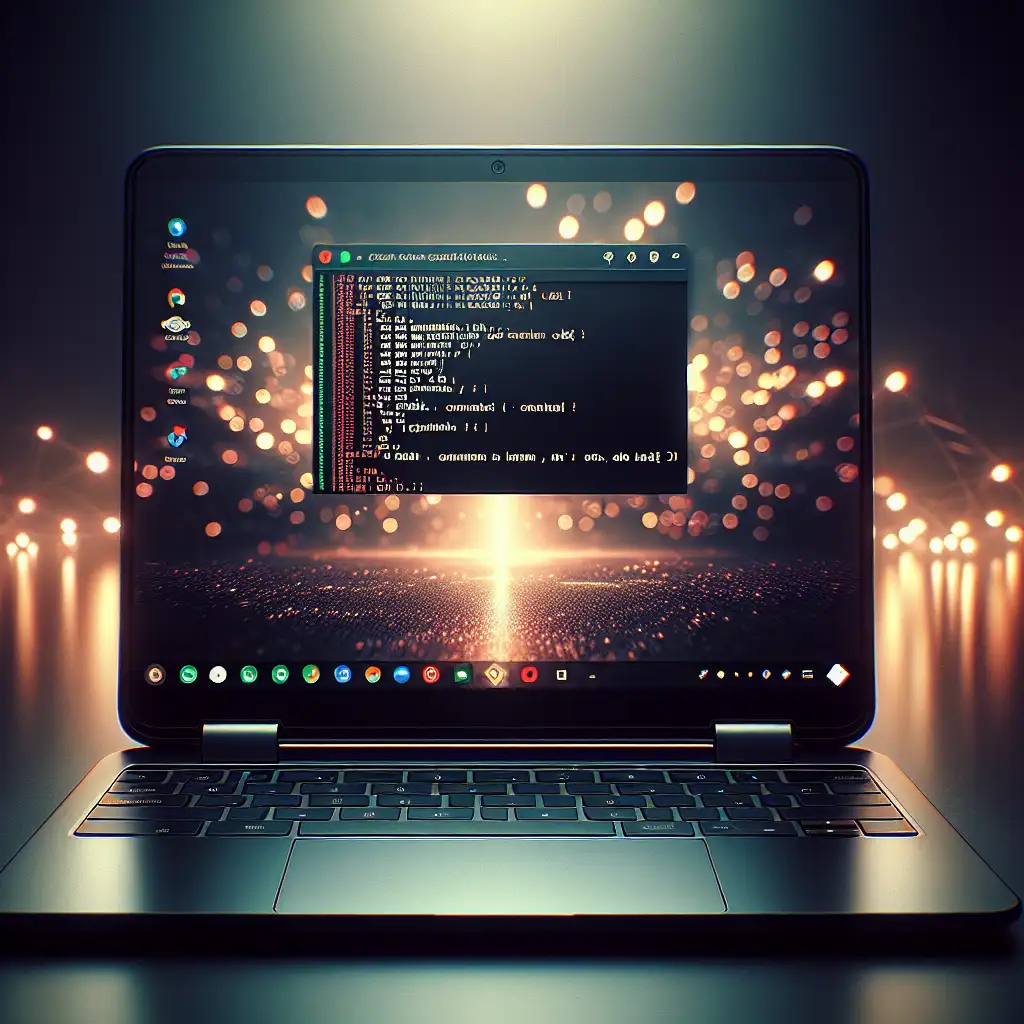Mastering Linux on Chromebook: A Step-by-Step Guide to Unlock Full Developer Potential
Forget gimmicks—this is about turning your affordable Chromebook into a professional-grade Linux machine without sacrificing simplicity or performance. Discover the setup process that experienced users swear by to maximize productivity and system control.
Chromebooks are often underrated when it comes to serious development work, mainly because they come with Chrome OS — a lightweight, browser-centric operating system that doesn’t natively support many traditional developer tools. However, thanks to Google’s integration of Linux (via the Crostini project), you can easily transform your Chromebook into a full-fledged Linux development powerhouse.
In this guide, I’ll walk you through setting up Linux on your Chromebook step-by-step. This setup unlocks access to all your favorite Linux tools — from package managers and code editors to compilers and containerization platforms — letting you leverage the portability, battery efficiency, and security features of your Chromebook without compromise.
Why Run Linux on Your Chromebook?
- Access powerful developer tools: Install anything from Git and Node.js to Docker and Vim.
- Cost-effective workstation: Chromebooks are affordable yet increasingly performant machines.
- Portability & security: Lightweight hardware design combined with Chrome OS’s sandboxing.
- Flexibility: Switch effortlessly between Chrome OS apps and full Linux desktop environments.
Step 1: Check Your Chromebook Compatibility
Before diving in, ensure your device supports Linux apps via the Crostini project:
- Go to
chrome://flagsin your Chrome browser. - Search for "Crostini" or "Linux (Beta)".
- Enable Linux (Beta) if it’s available.
- Alternatively, check Google's official compatibility list here: Chromebook Supported Models for Linux.
Most modern Chromebooks released after 2018 support this feature.
Step 2: Enable Linux (Beta) on Your Chromebook
- Click the clock in the lower right corner to open the system tray.
- Select Settings ⚙️.
- Scroll down and locate the Linux (Beta) section.
- Click Turn On and follow the prompts to install the Linux container.

Image: Enabling Linux (Beta) in Chromebook settings
This process will create a lightweight Debian-based container where you can install your developer tools.
Step 3: Update the Linux Environment
Once installed, launch the Terminal app from your app drawer and update your package lists:
sudo apt-get update && sudo apt-get upgrade -y
Keeping your environment up-to-date ensures you have access to recent security patches and software versions.
Step 4: Install Essential Developer Tools
Start by installing some must-have tools:
sudo apt-get install build-essential git curl wget vim -y
build-essential: Compiler toolchain includinggcc,g++.git: Version control system.curl/wget: Command-line download utilities.vim: Lightweight but powerful text editor.
Example: Installing Node.js & npm
For web or JavaScript development, installing Node.js is essential:
curl -fsSL https://deb.nodesource.com/setup_18.x | sudo -E bash -
sudo apt-get install -y nodejs
Verify installation:
node -v
npm -v
Step 5: Set Up a GUI Development Environment (Optional)
If you want more than command-line tools, consider installing graphical apps:
- Enable additional repositories for software like VS Code:
wget -qO- https://packages.microsoft.com/keys/microsoft.asc | gpg --dearmor > microsoft.gpg
sudo install -o root -g root -m 644 microsoft.gpg /usr/share/keyrings/
sudo sh -c 'echo "deb [arch=amd64 signed-by=/usr/share/keyrings/microsoft.gpg] https://packages.microsoft.com/repos/vscode stable main" > /etc/apt/sources.list.d/vscode.list'
sudo apt-get update
sudo apt-get install code
- Launch VS Code directly inside your terminal or through Crostini's GUI integration.
Alternatively, try graphical editors like Sublime Text or JetBrains IDEs if they support Linux x86_64 architecture and run well in containers.
Step 6: Explore Advanced Usage — Using Docker on Chromebook
For sysadmins or container developers, running Docker inside Crostini unlocks powerful workflows without harming your host environment.
Install Docker prerequisites:
sudo apt-get install apt-transport-https ca-certificates gnupg2 software-properties-common -y
curl -fsSL https://download.docker.com/linux/debian/gpg | sudo apt-key add -
sudo add-apt-repository "deb [arch=amd64] https://download.docker.com/linux/debian $(lsb_release -cs) stable"
sudo apt-get update && sudo apt-get install docker-ce docker-ce-cli containerd.io -y
Add your user to the Docker group to avoid typing sudo all the time:
sudo usermod -aG docker $USER
Then restart terminal or log out/in; verify installation with:
docker run hello-world
Note: Since Crostini uses virtualized containers itself, Docker might have some limitations or require tweaks based on hardware specs.
Step 7: Back Up & Manage Your Linux Data
Crostini keeps its files separate from Chrome OS files but you can share folders easily:
- Right-click any folder in Files app → Share with Linux.
- Access shared folders in
/mnt/chromeos/MyFiles/<folder>inside Terminal.
Regularly back up using git repositories or syncing with cloud services like Google Drive mounted via third-party tools (rclone).
Final Thoughts
Running Linux on a Chromebook changes everything for developers and IT professionals who want an affordable but versatile workstation. With Crostini, Google has bridged that gap elegantly — no complicated dual boots or external devices needed.
By following this guide, you’ve set up a secure Debian-based development environment where you can code in Python, build web apps with Node.js, manage infrastructure via Docker containers, and much more — all while enjoying Chrome OS’s seamless updates and battery life optimizations.
So grab your Chromebook, enable that terminal window, and start mastering Linux today!
Have questions or want me to cover specific programming setups on Chromebook? Drop a comment below!
Happy coding!
— Your Dev-Friendly Blog Author
